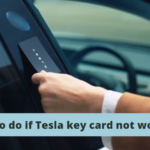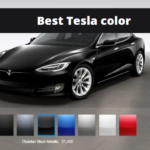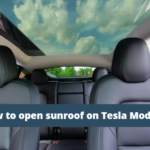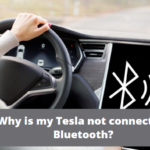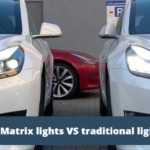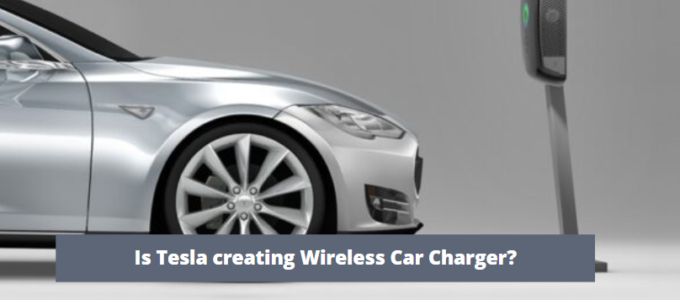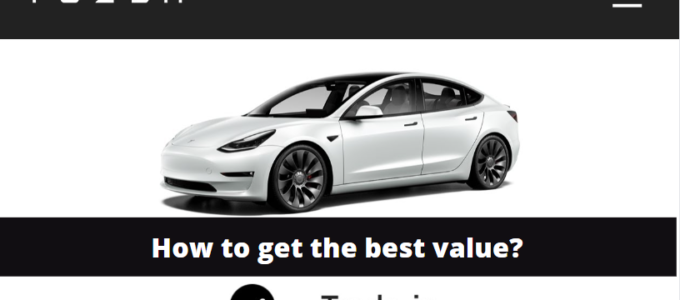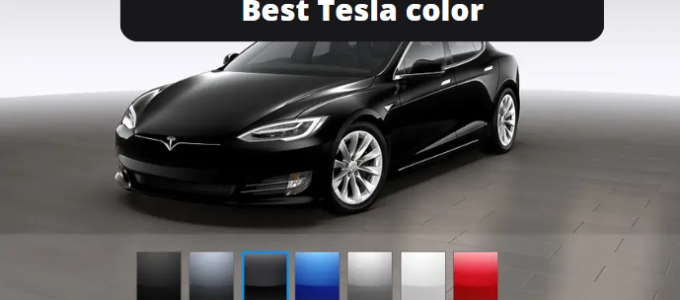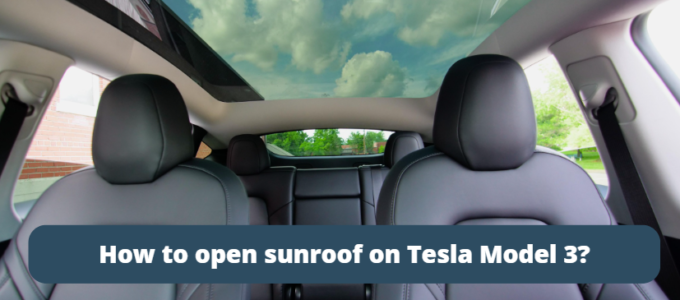Is Tesla creating Wireless Car Charger?
Introduction
up to August 2023, Tesla has not released an official wireless car charger for their vehicles. Tesla has primarily focused on developing and implementing their proprietary plug-in charging technology, known as the Tesla Supercharger network. This network uses physical connectors to provide rapid charging to Tesla electric vehicles.
However, it’s worth noting that wireless charging technology for electric vehicles is being explored and developed by several automotive manufacturers, including Tesla’s competitors. Some third-party companies have also developed aftermarket wireless charging solutions specifically designed for certain Tesla models. These aftermarket options generally involve retrofitting existing Tesla vehicles with wireless charging capabilities.
Many Tesla owners complain that they periodically forget to connect their cars to charge. The idea to do this remotely appeared a long time ago and the news flew in the air about connecting the car to the wireless charging station via Wi-Fi.
However, these were just rumors for a long time.
Will we soon see a wireless charging station for cars from Tesla? Such rumors began to circulate after the official Investor Day presentation.
One of the slides during the presentation showed a Model S parked in a garage with a large mat under it and a box on the wall. It is assumed that the box is the power source, and the mat is the charging pad.
Interestingly, the illustration shows one of the recently updated Model S cars, which will be a completely new word in Tesla’s products and is undoubtedly at the highest level.
Note: Wireless Charging Platform will begin shipping in March 2023.
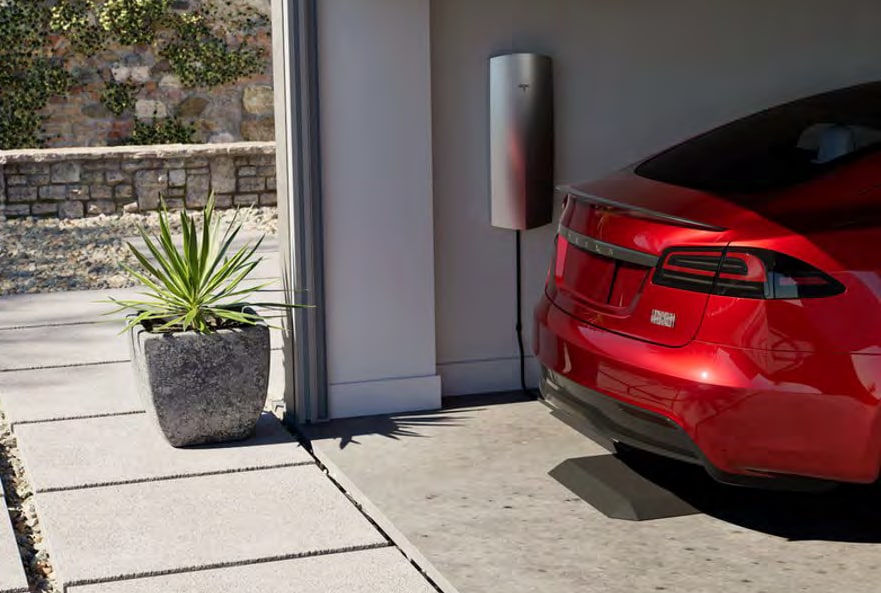
Wireless Wall Connector. Tesla can be always “Plugged In”
We have something to compare it to!
The American firm Evatran specializes in the development of wireless charging stations for electric vehicles and plug-in hybrids: its portfolio includes devices for Chevrolet Volt models of both generations, Cadillac ELR and Nissan Leaf. And not so long ago there was a wireless “charging” for electric vehicles Tesla Model S.
The principle of operation of the station is classical – based on electromagnetic induction. The device itself consists of two main blocks: a charging “podium”, which is placed on the floor of the garage or parking lot, and the return part on board the electric car.
This part is unique to each model, and its installation requires a visit to the service station. The installation of the device will not affect the Tesla factory warranty, and the “charging” itself is covered by its own three-year warranty from Evatran.
The power of the “charging” is up to 7.2 kW, which is more than a quarter below the limit of ten kilowatts when “refueling” Tesla with alternating current. Thus, each hour of charging will increase the power reserve by 32 kilometers against 47 with a classic wired connection to the network. However, both of these parameters are the maximum possible, the real power is limited by network resources at the connection point.
Wireless car charger from different manufacturers
By the way, Plugless Power, the leader in the field of wireless charging of electric vehicles, was the first to provide a serial wireless charging station for the Model S from Telsa.
Another company behind the technology, Witricity, says wireless charging is a key factor to accelerate the adoption of electric vehicles and ensure a greener future.
In fact, the future is already here and the opportunity to charge your car remotely appeared some time ago. However, the product from Tesla, as always, promises to be unique and inimitable.

As for the environment…
Many of you can rightly state that the inevitable electromagnetic losses can lead to unwanted emissions, against which Eco manufacturers are so struggling. And it doesn’t really smell like the economy. Is it that modern electric cars are primarily a fashionable and expensive fetish and not a real, conscious choice of a fighter for the environment?
The answer is quite simple: On a similar principle (electromagnetic induction) works such a device as a transformer that increases/decreases electrical voltage. This type of device is characterized by very high efficiency and, therefore, is not characterized by large cumulative losses.
Further, as you know, the metal shields the electromagnetic wave, so as can be seen in the “video presentation”, the induction charger is located somewhere in the asphalt, under the bottom of the car.
And whether this contradicts the main principles of environmentally friendly and energy-saving transport is up to each of you to decide!
READ ALSO: Does Tesla Use Google Maps as Navigation System?
FAQs
Is Tesla creating Wireless Car Charger?
Yes, Tesla is creating a wireless car charger. According to their website, the Tesla Wireless Charger is a new device that allows drivers to charge their car without the need for a cable. It is currently in the prototype phase and is expected to be available in 2021.
The wireless charger uses a combination of magnetic induction and radio frequency technology to transmit power from the charger to the car, allowing for a more convenient charging experience.
How efficient is wireless car charging?
Wireless car charging is generally just as efficient as traditional cable charging. According to Tesla, the wireless charger is capable of delivering up to 11 kW of power, which is the same as the Model 3’s onboard charger.
This means that the wireless charger can charge a Model 3 at the same rate as a cable, with the added convenience of being able to charge without a cable. However, due to the nature of the technology, wireless charging is not yet as efficient as DC fast charging, but it should still be more than adequate for most users.
What are the disadvantages of wireless car charging?
The main disadvantage of wireless car charging is the cost. The technology is still relatively new, so the cost of the hardware is still quite high. Additionally, the range of the wireless charger is limited, meaning that the car must be relatively close to the charger in order to charge. This means that wireless charging is not yet suitable for long-distance trips, but it should be more than adequate for most people’s everyday needs. Additionally, wireless charging is not yet as efficient as DC fast charging, so it may take longer to charge the car than with a cable.
Is wired car charging safer than wireless?
Generally speaking, wired car charging is still considered to be the safest option. Wireless charging technology is still relatively new and has not been extensively tested.
Additionally, wireless charging requires the car to be relatively close to the charger, so there is a risk of the car being damaged if it is not properly aligned. Wired charging, on the other hand, is a more established technology and has been tested extensively, so there is a lower risk of damage to the car. Therefore, it is generally recommended that drivers use wired charging if possible.
Conclusion:
Many owners will probably agree that what makes this product special is not a wireless connection, but a solution for automatic charging. You will never have to decide whether to plug the car into the socket or forget to do it. You’ll just drive into your garage and the car will decide when to charge it.
Tesla is known for its commitment to innovation and staying at the forefront of electric vehicle technology. Though there is no official announcement from Tesla regarding wireless car chargers, it is always possible that they may consider incorporating wireless charging solutions in future models or updates.
To stay informed on the latest developments and official announcements from Tesla, it is best to regularly visit Tesla’s website or follow their official news channels and social media accounts.
